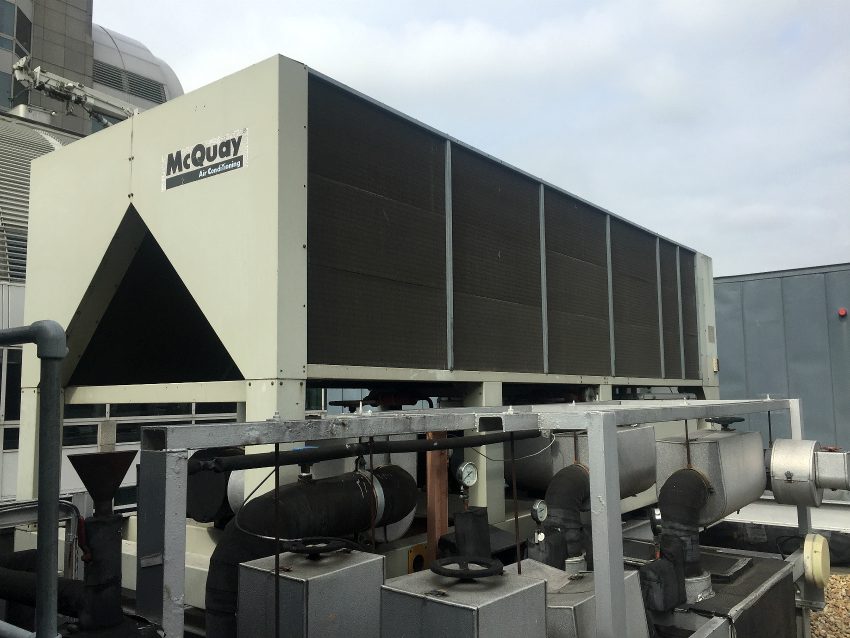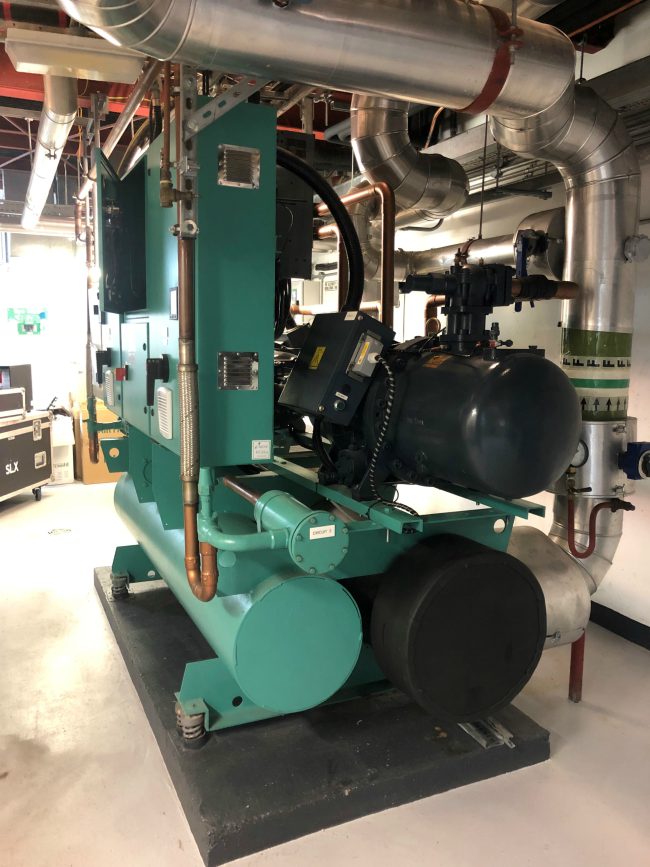30 July 2019
|
| ThermOzone director Trevor Dann explores the potential benefits of extending the lifespan of equipment. Following on from the demonstrations by protesters in London and the speech to Parliament by teenager Greta Thunberg, concerns for the threats from climate change are in sharp focus. |
Our own industry remains a significant user of the total energy in the UK, and much of the equipment we rely upon is either poorly appointed as far as energy efficiency is concerned, or has far too short an effective lifespan, with manufacturing focus concentrating upon the surface aesthetics and minimal manufacturing cost leading to minimal supply price. Most of this equipment is also imported. A lesser focus is given to operating energy efficiency, and virtually nil attention is provided to the resource mining and energy, manufacturing process energy, nor shipping impact.
The fuller list of environmental concerns, including operational energy, should also consider:
The fuller list of environmental concerns, including operational energy, should also consider:
| OK, so this model is somewhat simplistic. For instance, the operational energy impact will increase with longevity, so direct energy efficiency has a greater impact the longer an item lasts. But the sample provided here is a perfectly reasonable representation of the overall impact. What is a respectable target for equipment longevity? Clearly the longer an item of equipment lasts, the life energy per annum figure drastically reduces. Since the late 1990s the refrigeration industry has largely converted to Scroll compressors, with a reliable service life ~ 8-10 years, and for much equipment and with lack of effective service at the 8-10 year life point, the compressor lifespan equals the reliable equipment lifespan. Scroll compressors offer a moderate level of efficiency (~4), but generally unattractive when compared with say Turbo or Inverter Screw efficiencies (~5). Turbo machinery is rather specialised as far as general application is concerned, but Screw compressors are highly effective from base loads of just 30 kW to >2 MW. Many larger applications now use multiple Scroll sets, where for a little more initial investment hardy Screw compressors would easily see equipment longevity increase to ~ 20 years. A screw compressor may need new bearings at the 10-year point (higher run hours equipment), but generally this means the overall equipment will remain in service for an intended 20 years target. It is certainly the case that the vast majority of larger equipment, such as chillers, our own specialisation, go to the scrapyard with an easy solution available to life extend. Just last year we retrofitted three 1988 York chillers, each of 650 kW capacity, to new equipment standard, with a further life expectancy of 20 years. These chillers will be 50 years old when they reach their re-designed life point. OK, so we replaced all functioning components but we saved ~ 50% of the machine mass of materials forming the base chassis. We also achieved an expected efficiency (equivalent to Eurovent ESEER standard) of ~ 5.0 and by use of lower GWP refrigerant R513A we also cut the original CO2 tonnes of the refrigerant to 1/3 the previously appointed R22. The before to after energy saving average seasonal use is > 60%. The icing on the cake for this project is the full remote service access, allowing us to continually tune the equipment to optimise efficiency throughout the year. Remote access Equipment standard operation results in assigning setpoints for reliable service despite an operating ambient temperature range of ~ 35°C. No piece of equipment can work at optimum efficiency both at -5°C and +30oC, so the result is a compromise for the overall efficiency. Yet some simple seasonal adjustments will achieve stable operation in the cooler months, with optimum energy effectiveness when the plant is working its hardest. Remote access is an area wide open to improved service effectiveness for many clients, especially those with larger equipment. With remote access the concept of the ‘Virtual Service’ and with it the ‘Virtual Call Out’ have been developed. Reviewing equipment performance each month builds up a trend and allows any issues to be spotted early, preventing secondary deterioration from minor faults and failures. When a fault does arise attention can be applied swiftly, indeed for the numerous chillers we have on remote access, and now with email alerts upon fault, we expect to be examining a machine in fault within ~20 minutes. Faults arising during the working day can be responded to within <10 minutes. When we introduced the RODEM system we operate we expected that remote service access might reduce call out attendances by ~30 - 40%. After five years we now believe RODEM has actually reduced physical attendance by ~85%. Unrivalled efficiency RODEM monthly checks also reduce the need for physical routine attendance. Instead of the increasingly rare resource of an experienced service technician spending much of his day getting to a site, then spending his time measuring this and that, we are seeing the performance, in fine detail, in an instant. We can achieve in a 20-minute remote ‘Virtual Service’ the same level of scrutiny, if not higher, that an experienced engineer will achieve in a 3-4 hour service visit. We can even see the direct effects of a leakage, although we do not promote RODEM as replacing the statutory requirement for physical leak checks. We have found that for most sites the physical service effort is now just the physical leak check, clean down of the equipment, plus an annual calibration and cable tightness check of the various sensors. The cost of RODEM is outweighed by its benefits by a factor of ~2. The direct savings for a typical four visit service contract reducing to two visits to satisfy F-Gas requirements pays for most of the service. Further gains of increased reliability, reduced downtime and optimised efficiency provide the other gains compared with non-remotely accessible equipment. RODEM assigned with a new project also massively improves the set to work process. No longer are we sending an engineer back to site to deal with nuisance teething adjustments, we can view the machine’s operation throughout the day, from anywhere there is a Wifi signal. Now the ‘soft landing’ process extends throughout the warranty period and beyond. So for us 10 years is the minimum life point extension for minor refurbishments, with our primary target being 20 years for new installations, and at unrivalled energy efficiency and service support levels. All our projects offer 40% or higher equipment material re-use, the simplest form of recycling. How is your equipment faring? www.thermagroup.com |
Content continues after advertisements











